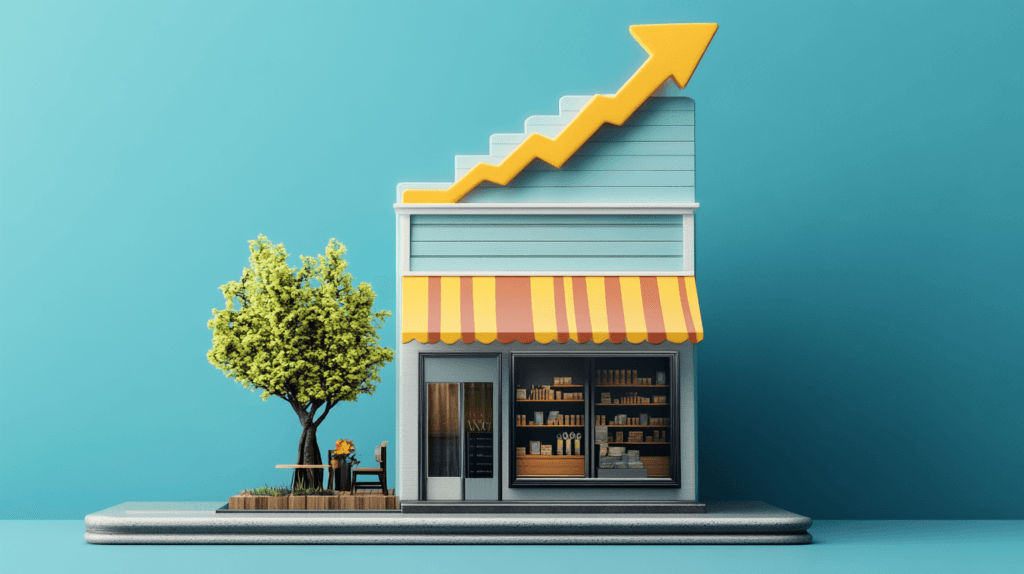
Scaling an eCommerce business is an exciting yet challenging step. It means you’ve achieved some level of success and are ready to take things to the next level. However, scaling requires more than just increasing inventory or launching more ads. It involves strategic growth in marketing, product expansion, logistics, and staffing to ensure your business can handle higher demand without sacrificing quality or customer satisfaction.
Here’s a step-by-step guide to help you scale your eCommerce business effectively.
1. Strengthen Your Marketing Strategy
Scaling your marketing efforts is crucial for growing your eCommerce business. The goal here is to drive more traffic and increase conversions, which in turn leads to higher revenue.
Key Marketing Strategies for Scaling:
- Paid Ads Expansion: Once you know what works, double down on paid ads, including Google Ads and Facebook Ads. Experiment with new ad formats like video or retargeting ads.
- Social Media Marketing: Grow your presence on platforms like Instagram, Facebook, and TikTok. Use paid social ads to reach larger audiences and influencer partnerships to extend your reach. Reach out to popular Jamaican social media pages to promote your offer.
- SEO and Content Marketing: Scaling isn’t just about paid traffic. Invest in creating valuable content that attracts organic traffic. Optimize your product pages and blogs for SEO to capture search traffic.
- Use Traditional Mediums: Many people disregard the newspaper and other older format ads. Call around to get rates as you may be surprised to hear the lower than expected prices. Try The Gleaner, Observer, and RJR Group.
Example:
A small skincare brand grew rapidly by leveraging Instagram ads and influencer marketing. They also doubled down on SEO by optimizing product descriptions with targeted keywords. Over time, they increased both their organic and paid traffic, leading to a significant revenue boost.
Tools to Use:
- Google Ads & Facebook Ads for paid campaigns.
- Ahrefs or SEMrush for SEO and keyword tracking.
- Hootsuite or Buffer for managing and scheduling social media posts.
For a deeper dive into marketing strategies, check out this guide on Building an Audience for Your Online Store.
2. Expand Your Product Line
Another key step in scaling is expanding your product line. This doesn’t mean adding random products—it’s about finding complementary items that align with your brand and customer needs. Adding new products can boost average order value (AOV) and attract new customers.
How to Expand Your Product Line:
- Analyze Customer Feedback: Use customer feedback and sales data to identify gaps in your current product line.
- Focus on Complementary Products: Offer products that naturally complement your current best-sellers. For example, if you sell beef patties, you could add Coco bread.
- Test New Products in Small Batches: Before going all-in, test new product ideas by offering them in small quantities to see how well they perform.
Example:
A company selling organic tea started offering tea accessories like infusers and teapots. These additional products boosted their AOV and attracted more tea lovers.
Tools to Use:
- Google Trends to find trending products.
- Jungle Scout for product research and sales estimates.
For more insight into product research, visit Product Research and Analysis.
3. Optimize Logistics and Fulfillment
Scaling your logistics and fulfillment processes ensures you can handle increased orders without sacrificing delivery times or customer satisfaction. Efficient logistics are key to maintaining growth momentum.
Steps to Optimize Logistics:
- Automate Inventory Management: Use software to track inventory levels and automate reordering when stock runs low.
- Partner with 3PL Providers: Outsource your warehousing and shipping to third-party logistics (3PL) companies to manage large volumes. This lets you focus on growth instead of handling fulfillment. (This only applies to persons selling products on Amazon)
- Improve Shipping Speed: Offer faster shipping options or partner with couriers that provide reliable, speedy deliveries. Using Fedex, DHL & Tara can provide more reliable inland delivery at a cost. Be sure to consider the added expense as local delivery can be expensive
Example:
A clothing brand scaled successfully by automating inventory management and partnering with a 3PL provider. This helped them handle thousands of orders per day without overwhelming their internal team.
Tools to Use:
- ShipBob or Fulfillment by Amazon (FBA) for 3PL services.
- Zoho Inventory for automating stock management.
You can learn more about inventory management by reading: What Is Inventory Management? Tips & Techniques (2024)
4. Expand Your Team Strategically
Scaling isn’t just about increasing orders—it’s also about expanding your team to handle higher demand efficiently. Hiring the right people at the right time is crucial to avoid burnout and ensure quality service.
How to Expand Your Team:
- Hire for Key Roles First: Focus on areas that need the most support, such as customer service, marketing, or operations.
- Outsource Tasks: For roles that don’t require full-time staff, consider outsourcing to freelancers or virtual assistants.
- Build a Strong Management Team: As your business grows, it’s important to have leaders who can oversee different departments, freeing you up to focus on strategy.
Example:
A small startup scaled its team by first hiring a customer service manager to handle growing customer inquiries. They later hired a full-time marketing manager, allowing the founder to focus on scaling operations.
Tools to Use:
Scaling your eCommerce business takes strategic planning and careful execution. By strengthening your marketing efforts, expanding your product line, optimizing logistics, and hiring the right team, you can grow your business without losing momentum. Remember to use the right tools to automate and streamline processes as you scale.





